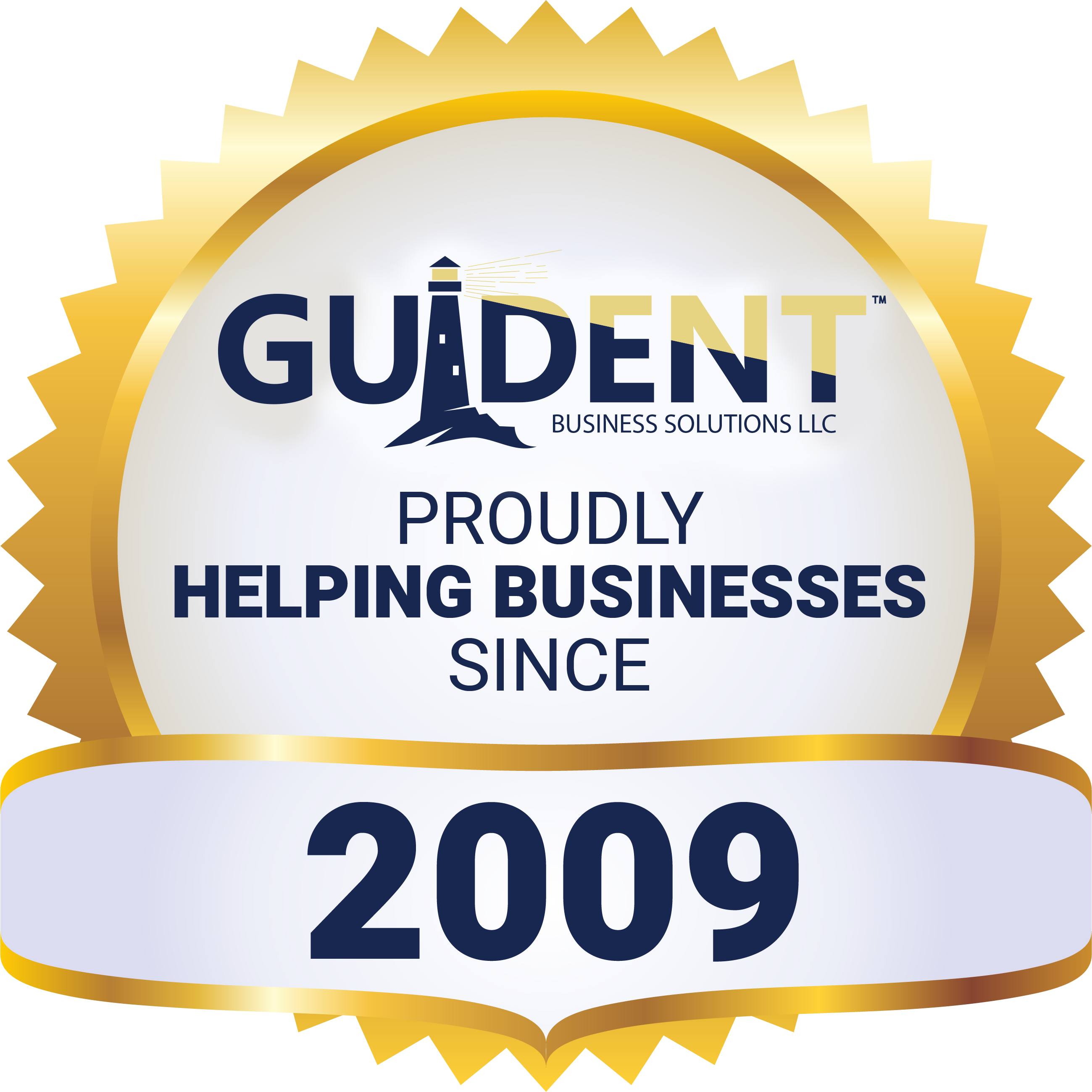Are You Sitting on “Frozen Cash”?
Over the past months, I have had conversations with business owners regarding cash flow issues. Today’s post-pandemic business environment is tough due to several issues, none as relevant as the prime rate increases over the past years. As the cost of money increases, customers are putting off larger purchases, such as remodeling, and major repairs to their homes. These industries are struggling more than most when it comes to cash flow.
I see many businesses turning their cash into accounts receivables or inventory as business slows. Not making the needed adjustments in purchases is causing inventory to increase. This is creating “frozen cash,” cash tied up in larger inventories as business decreases and purchasing habits are slow to react. Another major contributor to “frozen cash” is the increase in accounts receivable (A/R). Customers are doing what many businesses do when cash is in short supply, they are pushing out their household account payables A/P, not paying their bills as fast as they normally pay, resulting in more “frozen cash” for their service providers as A/R increases. This puts pressure on the business to increase its efforts to collect the outstanding A/R to maintain proper working levels of cash flow.
In today’s environment, businesses cannot wait to send invoices out one time at the end of the month, giving the customer extra weeks before paying, or neglecting that punch list until cash flow becomes so dire that those uncompleted jobs are suddenly a priority. Management must be proactive when it comes to cash flow and there are several ways to measure how your business is trending. One way is to calculate your Working Capital Required (WCR) as a percentage of your total revenues. Here is how you measure WCR as a percentage of total revenues:
[A/R + Inv + Prepaid Expenses] – [A/P + Accrued liabilities] ÷ Total Revenues
This calculation, done monthly, can tell you where opportunities exist for improving your cash flow. If you are in an association that tracks these types of indicators such as WCR, along with other industry averages, it can be an immense help to their members to provide these Industry averages. Typically, businesses that offer financial information to their association, (on a confidential basis), are provided with averages in the form of percentages. I prefer data from these local associations over the industry averages derived from the RMA Reports that use the North American Industrial Classification System (NACIS) Code and annual revenues, these RMA Reports are often used by lenders to determine how your business stacks up to others in the industry. The industry averages calculated using the NACIS Code and revenue information are nationwide and may not be as relevant in your region of the country.
No matter what measurement for cash flow you use, being proactive and disciplined with your cash flow management should be a normal business practice, not just reserved for the times when you have a decrease in cash flow caused by an increase in “frozen cash”. Consider including WCR as one of the Key Performance Indicators, (KPIs) in your organization.

